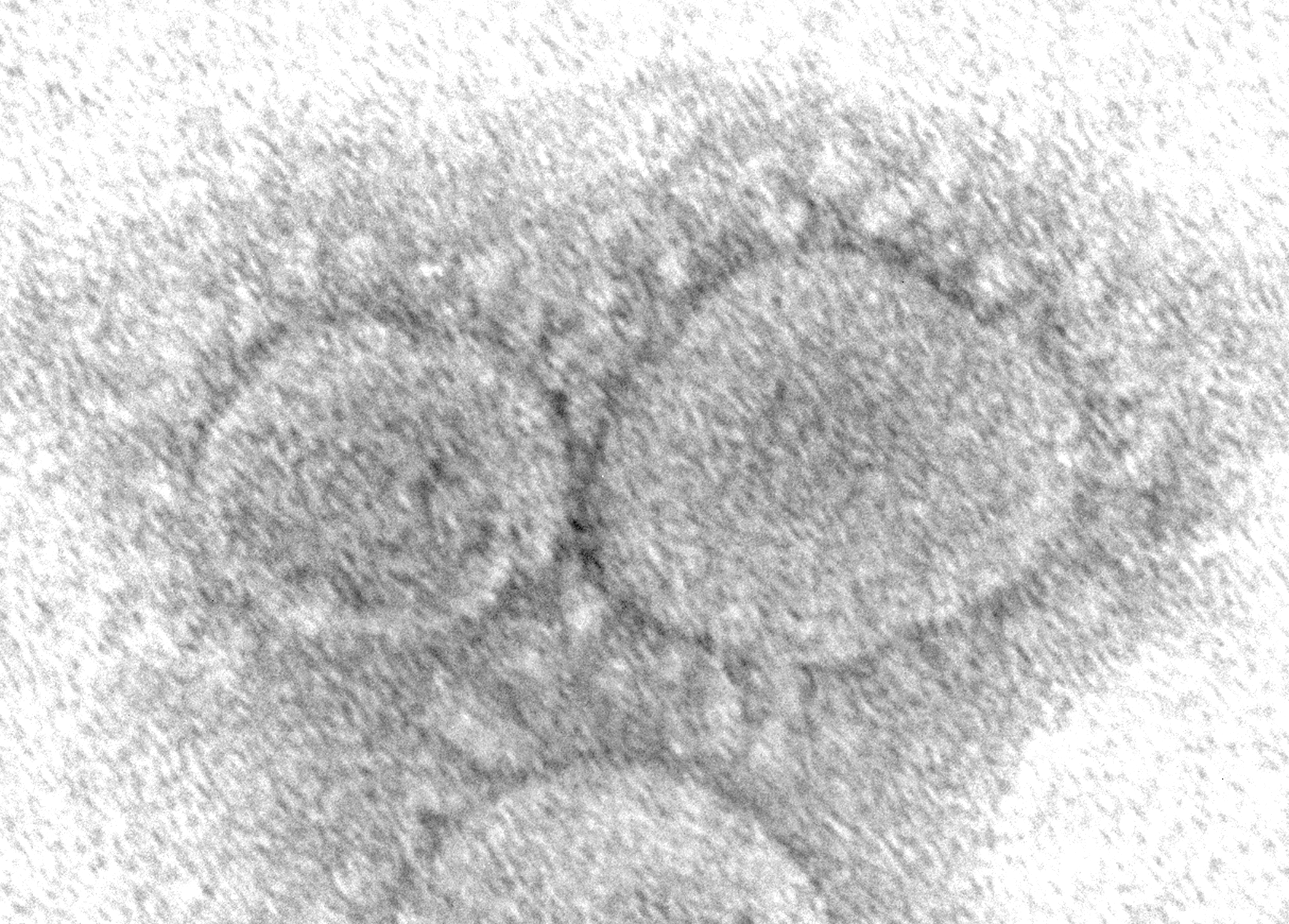Lab leak vs spillover: Origin of COVID-19

Electron micrograph of SARS-CoV-2, the virus that causes COVID-19. Public Health Images library, CDC, public domain.
Where did SARS-CoV-2 come from?
SARS-CoV-2 is the formal name of the coronavirus that causes COVID-19. A key question about the pandemic remains, where did it come from / how did it get into people? It’s no surprise that new human viruses appear. Emerging viruses are a known threat because it has happened many times in the past. For various reasons, the rate at which new viruses jump into humans may be increasing. For this virus in particular, the path to pandemic started in China but the origin story is clouded in mystery. Some of that mystery is inherent to the challenge of scientific detective work. Some of it is due to obstruction and obfuscation by local authorities.
Roughly, the two main possibilities are:
1. Wuhan market: SARS-CoV-2 existed in an animal reservoir, possibly a bat species. The virus either mutated or got an opportunity to infect another mammal species. From that mammal species, the virus entered humans–possibly at the Wuhan live animal market.
2. Lab Leak: SARS-CoV-2 existed in a virology lab in Wuhan, China, and accidentally infected a person or persons at or near the lab. The virus might have been part of a collection of natural viruses harvested and brought to Wuhan for research, or it might have been genetically altered in the lab. (Alternatively, a Wuhan scientist might have been infected in the wild during a collecting expedition and brought the virus back in their own body.)
If you’d like a thoughtful, balanced, and accessible analysis of the evidence and implications of these ideas as of June 2023, I recommend listening to this podcast from The Economist‘s Babbage series.
Punchline: Either is possible. We may never know, or evidence that is currently suppressed may come to light some day. The investigative trail itself has gone cold.
The one thing from this podcast conversation that leaped out for me is the finding that very early (December 2019 in Wuhan), there were TWO variants of the coronavirus in circulation already. (Only one went on to become The Pandemic.) This fact can be interpreted in a variety of ways. It strongly suggests that there were TWO leaps into humans, not just one event. This in turn suggests an origin from a highly infected animal source, like a bad batch of some poor critters sold at the market, with individuals taken from the wild where multiple variants of the coronavirus already existed in that species.
Again, I recommend the attached podcast for intelligent conversation on these matters.
Questions? amy@amyrogers.com
Amy Rogers, MD, PhD, is a Harvard-educated scientist, novelist, journalist, and educator. Learn more about Amy’s science thriller novels at AmyRogers.com.


